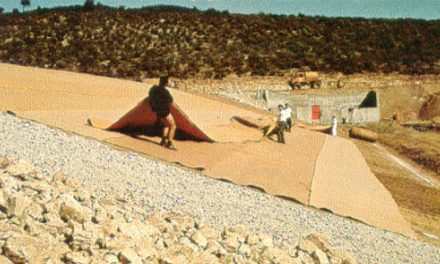 The fashion industry that was once associated with environmental challenges is undergoing a massive transformation, owing to an increased movement towards sustainability. Fashion labels across the world are working towards tackling excessive waste, pollution, and CO2 emissions by finding new ways to incorporate green trends as part of their products as well as processes. The fashion world’s quest finally came to a halt, upon its encounter with sustainable textiles that are designed to lower ecological damage.
The fashion industry that was once associated with environmental challenges is undergoing a massive transformation, owing to an increased movement towards sustainability. Fashion labels across the world are working towards tackling excessive waste, pollution, and CO2 emissions by finding new ways to incorporate green trends as part of their products as well as processes. The fashion world’s quest finally came to a halt, upon its encounter with sustainable textiles that are designed to lower ecological damage.
But the innovation doesn’t just stop there. Driven by rising consumer awareness and government push, the world of sustainable textiles witnessed a major development, namely the advent of upcycled and repurposed textiles. Although the practice of upcycling fabrics and repurposing textiles has been in existence for centuries, the phenomenon lost its popularity in the age of globalisation. Nevertheless, this practice is now making its way back as an effective strategy to push sustainability and innovate the textile industry.
For long, upcycling has been the most efficient way to increase the green parameter of products, as the fashion and textile industry actively experiments with leftover clothes. This experimentation mostly involved reusing old products or garments to create new fabrics. However, today the art of upcycling has reached a higher level where it has become an intrinsic part of the textile landscape. This essentially means that upcycled textiles are not only being used for aesthetics but to also produce new fabrics that have never been seen before.
Discarded denims turn into something more
Upcycled textiles are not just representative of an ecological shift but also demonstrate ways to turn old into literal gold (this means wealth). While there are many innovative examples of upcycling in the textile industry, there’s one that cannot be overlooked. Many fashion houses have been actively using discarded denims to create new products like rugs, bags, and much more. This process allows manufacturers to produce new products with minimal investment, whilst reducing the carbon footprint and offering opportunities for diversification.
Recycled Cotton
Areas and mills around Tirupur have taken a lead in recycling cotton scraps, clothes etc to turn them into recycled yarn. The quality currently is a bit inferior and colour options are limited, but it’s getting better every year. Currently most of this work is being done in the unorganised sector but bigger and more organised mills would allow this sector to opt for certifications and hence get better acceptance at the global level.
Closed-Loop Fabric
The closed-loop fabric typically known as circular textiles take precedence over traditional systems where garments end up in the land-fill after use. Instead closed-loop fabrics are made for regeneration, as they are made using scraps of different materials. These fibres are spun into yarn and then ultimately used to create new fabrics which are later used for making different products spanning from clothes, accessories to home decor.
Transforming traditional fabrics
The textile industry has been quick to adopt waste materials, typically discarded fabrics as a medium to wave new materials. One such exciting development is taking place with the upcycling of silk and cotton, where these discarded fabrics are being turned into new materials. This process is being driven by technological advancements, as innovative tech is the factor that binds this entire process together by breaking down fibres and then spinning them into something new.
Road Ahead
The development of new fabrics from upcycled and repurposed textiles represents a transformative shift within the fashion and textile landscape. By upcycling and repurposing discarded textile materials into innovations like never before, the textile market is taking significant steps towards pushing the sustainability movement. From conserving resources, saving costs, and reducing carbon footprint, this growing phenomena is pivotal for shaping a promising future outlook for the fashion world.















